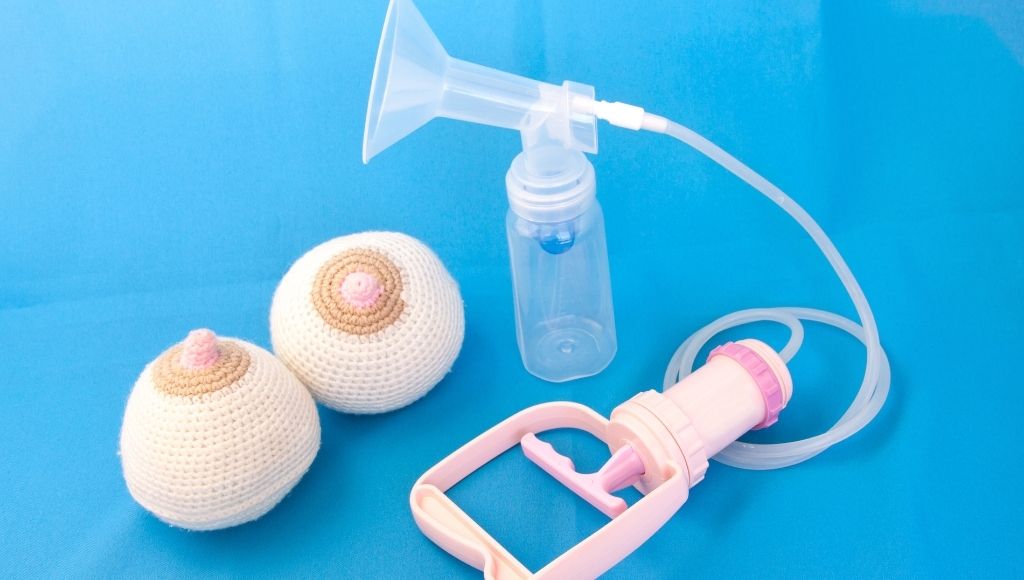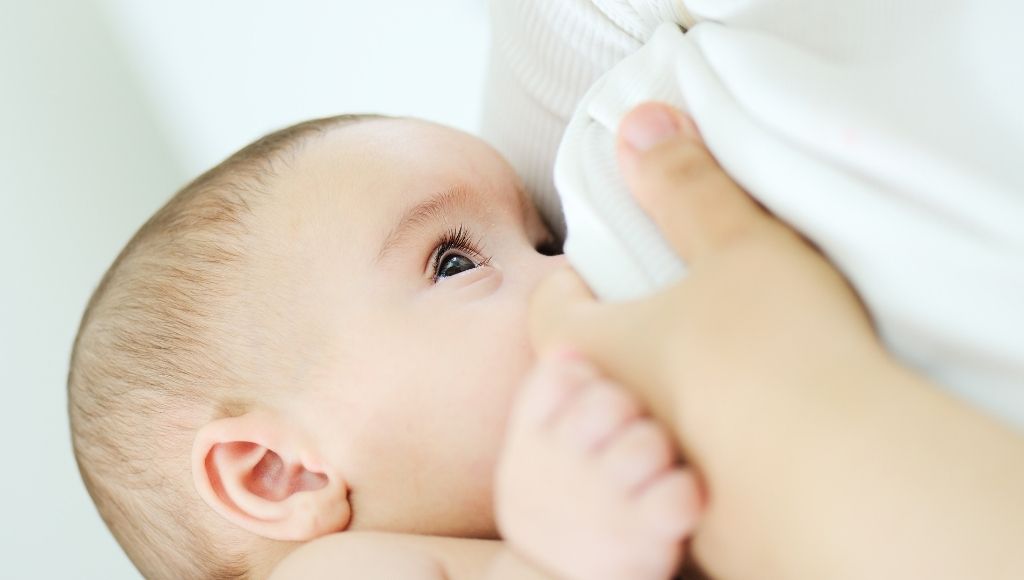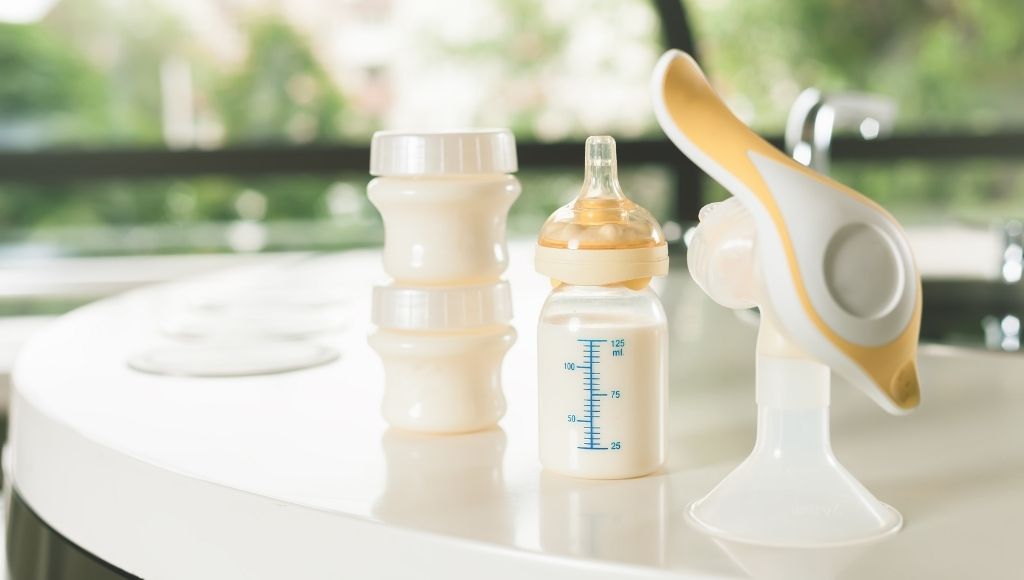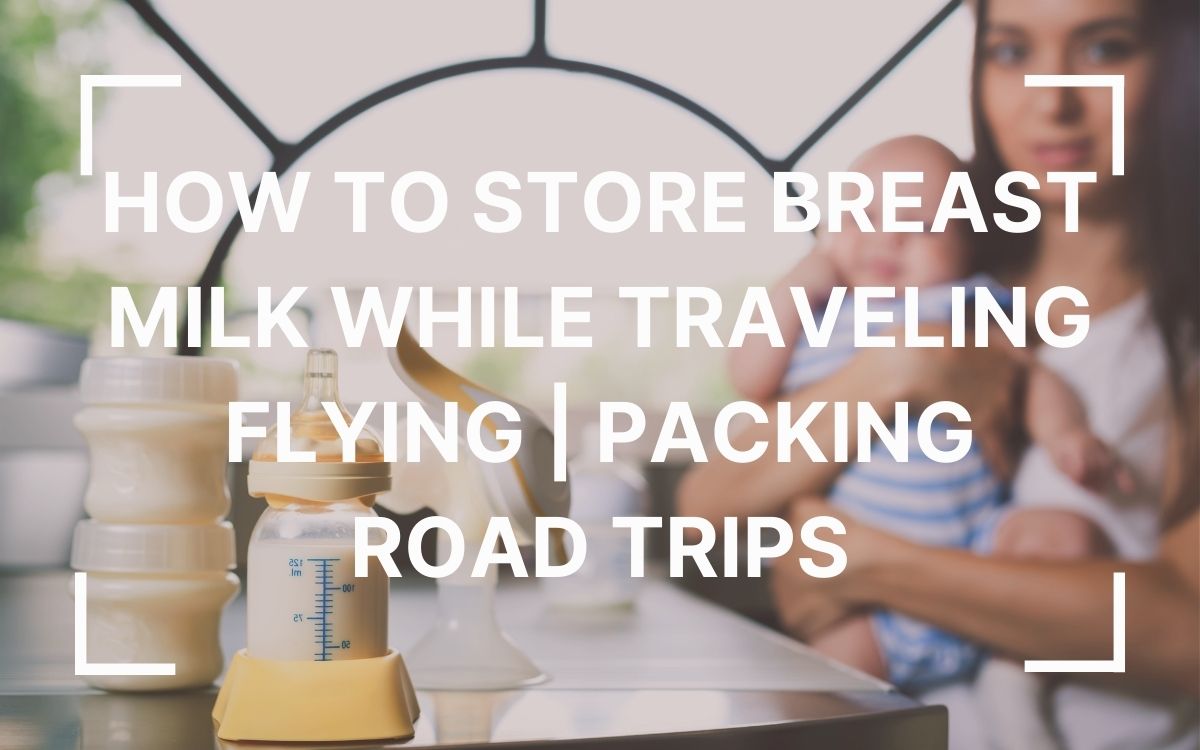When you’re traveling with a new baby, one of the most important things to think about is how to keep your breast milk cold. It’s easy to be nervous about taking your breastmilk on the road with you, and it’s not surprising that so many moms are concerned about storing their breast milk while traveling.
There are a few different ways that you can store your breast milk while traveling, but it really just depends on what works best for you.
However, there are a couple of tips on how to properly preserve your liquid gold on your travels to ensure your baby has enough at all times.
As a breastfeeding or pumping mom, working or traveling shouldn’t stop you from maintaining your milk supply, and in this piece, I touch on several aspects of traveling with expressed breastmilk and pumping on the go.
So, if you have any concerns or questions, keep scrolling to find out everything about breastmilk and travel in detail.
You may also enjoy:
- Best Travel Tripod Under $100 With Buying Tips
- Best Cooler For Traveling With Frozen Breast Milk
- Best Diaper Bags For Traveling
How to pack and transport fresh breast milk

For a first-time mother, one of the most difficult things to deal with is being on the road with expressed milk and keeping it fresh for your baby.
Packing and transporting expressed breastmilk can be a challenge because of its short shelf life, and it would go bad if not properly preserved.
When you’re on the road, the best and stress-free way to store fresh milk is in small sealed containers in a cooler with ice packs or frozen gel packs.
There are small sealable milk bags that are designed for the purpose of storing breastmilk, these milk bags are calibrated and have been properly pre-sterilized.
But you can also use clean and properly sterilized glass or plastic baby bottles to store fresh milk. These bottles should be washed in warm soapy water and sterilized. Whichever containers you decide to reserve your milk in, make sure they are properly sealed to avoid leakage, and it’s always better to reserve milk in small portions.
That is, do not fill up each container especially if you intend to freeze them because breastmilk will expand when frozen, so ensure you leave some room in the bottle—about one or two inches at the top of the milk bags to allow for expansion.
Storing milk in small portions also makes feeding your baby easier. If your baby drinks about 3 ounces of milk per feed, then feeding your newborn will be much easier if you store your milk in a small part of 3-4 ounces per container.
Breastmilk storage while traveling

If you’re traveling with your baby and pumping at the same time, you can stash your fresh milk in a breastmilk cooler with ice packs. At room temperature expressed breastmilk lasts for just a few hours, about 4 hours.
When kept cold with ice packs in an insulated cooler it can last for about 24 hours and when refrigerated it can last for up to 4 days. But it should be fed to your baby within this period otherwise it should be discarded.
On the other hand, if you intend to travel without your baby and would like to increase the shelf life of the milk then it has to be frozen. You can do this in two ways; either with a fridge or a portable and well-ventilated dry ice cooler.
Using a refrigerator is easy if you’ll be staying in a hotel room, but you’ll have to inquire with your hotel to make sure that there is one in your room. And if there isn’t, then that can be arranged with a little extra charge.
Using dry ice as a cooling option is important if you have to ship the frozen milk home to your little one, this is a good choice if you’re on an extended work trip. When storing expressed breast milk for long-term use, it’s best to carefully label each milk bag with the date and time it was expressed and packaged.
This is important because it will help you keep track of the milks’ age, and remember that the oldest milk has to be thawed first. Frozen milk can last for up to 6 months, but it should never be refrozen once it thaws.
You may also like to read: Best Stroller For Travel On An Airplane
Traveling with Breast Milk by Plane

Many breastfeeding moms find themselves wary of traveling with expressed breast milk by plane, this is understandable because of the limited amount of liquid that can be carried on planes.
According to the TSA guidelines, breast milk and other liquid formula for infants and toddlers are allowed in reasonable quantities through airport security.
And if you carry breast milk in excess of 3.4 ounces in your carry-on bag, then you have to inform the TSA officer as the liquids have to be screened by X-ray.
“Reasonable quantities” doesn’t exactly specify the amount you can carry, but it’s much easier to carry your pumped milk in a separate breast milk cooler and use it as a carry-on. This way, it can be easily unpacked and screened.
And if you need more ice after the screening, you can get some from a restaurant in the airport terminal. Also, when traveling with frozen milk in a cooler, you have to resist the urge to open it frequently to check the condition of your milk supply. But you can keep track of the changing temperatures of the cooler with a thermometer.
Alternatively, you can avoid all the hassle with TSA officers if you have your breast milk checked. If you’ve been away from your newborn for quite some time, and you’re traveling with a large amount of frozen milk, then this is certainly an option you should consider. But ensure you check with the airline and find out their policy for checking frozen milk and take care to follow the rules.
This is usually not an issue, and your checked frozen milk will arrive frozen and intact. If you don’t want to deal with airport protocols on transporting milk, there are other options you can explore. In this case, you will have to send your milk home ahead, you can use overnight shipping to send your frozen milk home.
To ensure they arrive at their destination frozen, carefully transfer the containers of frozen milk into an insulated cooler and surround them with enough ice packs to keep them frozen for the duration of the shipping. Dry ice can also be used, but ensure you use ventilated coolers.
Breastfeeding or Pumping during your flight
If you’re a new breastfeeding mama and a bit uncomfortable about nursing your baby in public, you can feed your baby only expressed milk during your flight or train ride.
For this, you’ll have to carry expressed milk in small baby feeding bottles and keep them fresh in a carry-on with an ice pack.
But if you have no problem with breastfeeding in public, by all mean you can nurse your infant on an airplane. Grab a window seat for some comfort, and you may also need a nursing cover for privacy.
If you intend to pump during your flight, take your gear and this should include your favorite pump and pumping bra.
You’ll need an electric pump that uses a rechargeable battery and make sure you have extra batteries with you, or you can bring a manual pump instead.
There is nothing wrong with pumping or breastfeeding during your flight, but make sure you inform the person sitting next to you and if they’re not comfortable with it, let the flight attendant find another place for you or your neighbor.
If it’s a long flight and you’ll need to pump more than once, ask the flight attendants for bottled water to clean your pump and bottle before each pumping session.
Please note that you should never wash your pump bottle with the water in planes because they can be contaminated and introduce bacteria to your pump.
Also bear in mind that you have to pump regularly to keep up your milk supply, you may have to set alarms on your phone to remind you of when to pump.
Pumping during a road trip
Being a mom certainly comes with its challenges, but it doesn’t necessarily mean you’ll abandon your work or quit your job. Busy women can be moms too, all you need is a good balance between family and work life, and you’ll be fine.
As a mom, you can pump while driving or during your trip to work and back. If you have to leave your infant to go to work, then you may have to pump hands-free in the privacy of your car or office.
To pump in your vehicle, you will need an electric pumping device that can connect to a car adapter or a battery pack.
After each pumping session, your breastmilk should be kept cold in a car cooler and transferred to a freezer when you get home.
You can pump in a car if you’re a passenger and your partner or some else is behind the wheel. But (I shouldn’t have to say this but will anyway) you cannot breastfeed while driving because your baby has to be strapped into her car seat when the car is in motion. Always have to pull over to rest stop to breastfeed.
Top 3 tips for protecting breastmilk while traveling

The first thing to remember about proper milk storage while on a trip is to travel with the right gear and this will include an insulated cooler with freezer packs, breastmilk storage bags, labeling materials, and of course your pumping gear. And if you intend to ship with dry ice, then you’ll need a ventilated dry ice cooler.
Here are some top tips and steps for properly storing and transporting your milk while traveling.
- From experience, I recommend that you don’t need to freeze your milk if your trip is only for a few days, because if it thaws before you get home, you won’t be able to freeze it again, and they will have to be used within 3 days.
- To keep your breastmilk cold during a road trip, refrigerate with a portable car cooler plugged into a power outlet in your car. And if you’ll be staying in a hotel for your trip, then refrigerate with the fridge in your room if there is one. If there isn’t one, some hotels will provide you with a fridge for this purpose, it may cost you a bit more, but it’s certainly worth it.
- If you’re traveling for a week or more, then you certainly need to freeze your milk supply. And there are two ways you can do this; use the fridge in your hotel room or a ventilated cooler with dry ice.
How to transport frozen milk home

Traveling for more than few days without your baby means that you will have to frequently send expressed milk home from your destination. And while sending your milk supply home, they have to stay frozen for the entire journey till it reaches its destination. For this, you can use a dry ice cooler.
USPS, UPS and FedEx are some companies that you can use to safely ship frozen breastmilk, but you’ll have to notify them if you’re using dry ice and make sure the package is labeled properly.
Your dry ice cooler should be leak-proof, well-ventilated, and clearly labeled “Dry ice” or “Carbon dioxide solid.” And the quantity of dry ice used should not exceed 5.5 pounds.
If you’re returning from an extended trip and will be transporting the milk with you by plane, you can also use the dry ice method. Most airports will allow about 5.5 pounds of dry ice, clearly labeled “Dry ice” or “Carbon dioxide solid” and properly stored in a leak-proof and ventilated dry ice cooler.
It’s also important to check with the airline, for instance, some airlines will allow a container with dry ice as a carry-on while some other airlines will insist that the luggage must be checked.
Either way, your frozen milk will arrive frozen and undamaged, so you can immediately transfer them to a freezer.
Conclusion
If you’re a new mom, know that it is perfectly OK to travel with breast milk and there is absolutely no reason to worry.
Provided you have the right equipment and follow the strategy outlined above, then you will not only get milk home safely, but you’ll also enjoy your travels without sacrificing either your milk production.
And it doesn’t matter what your travel method is, understanding the possible mistakes will help you create a viable itinerary as you move from place to place.
